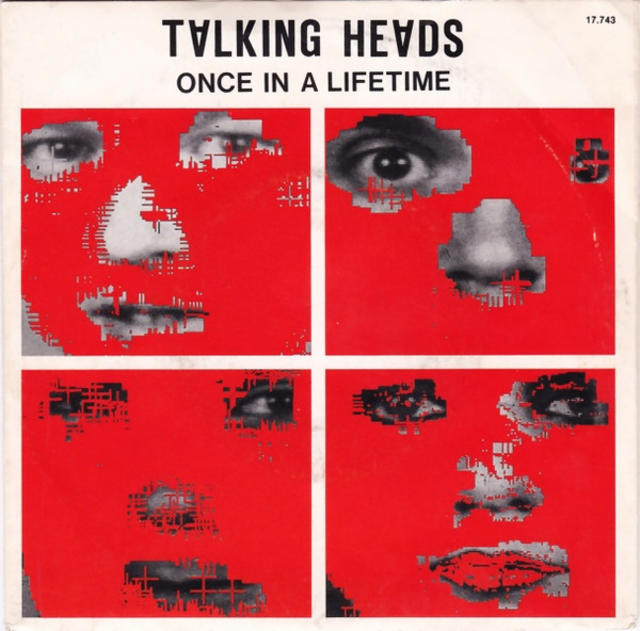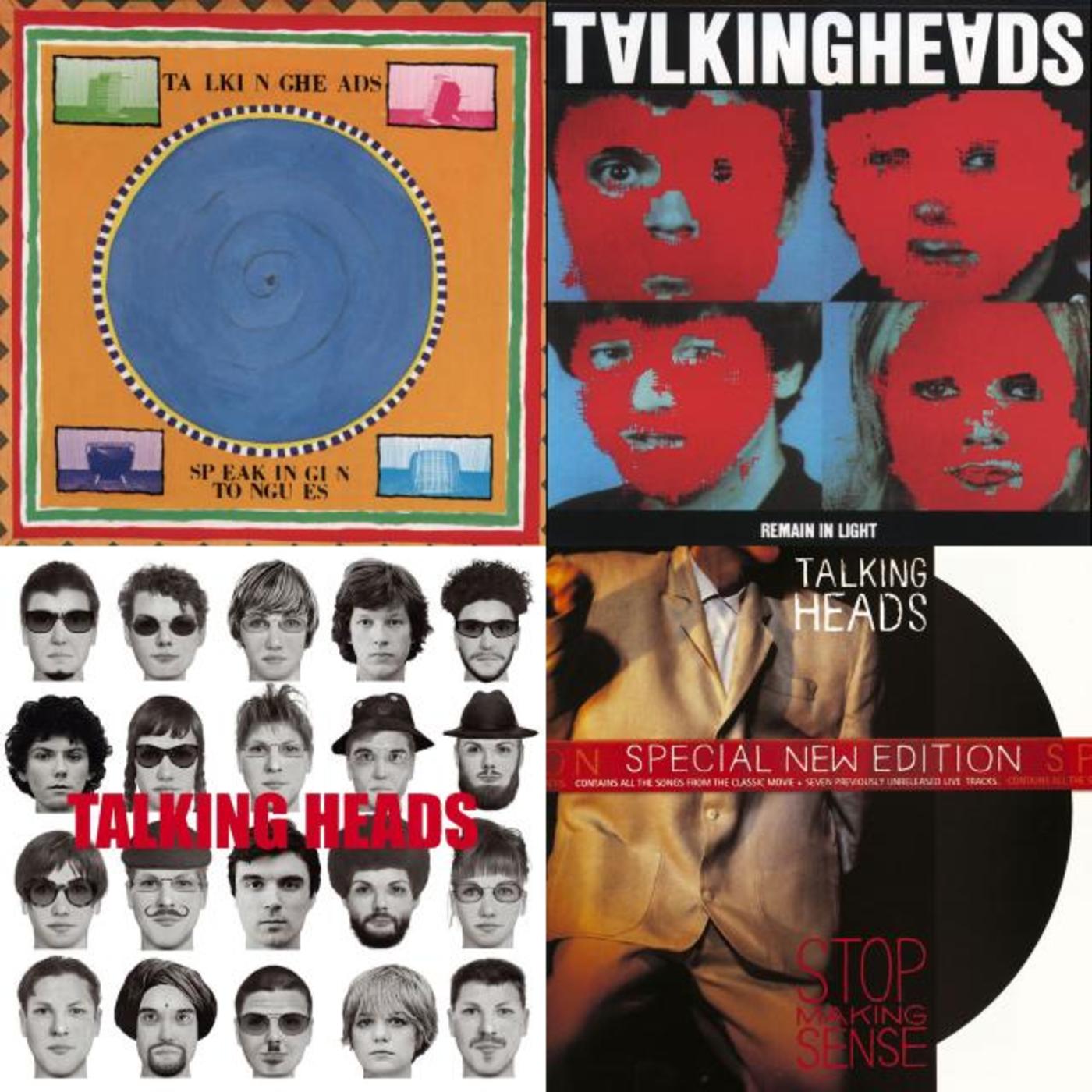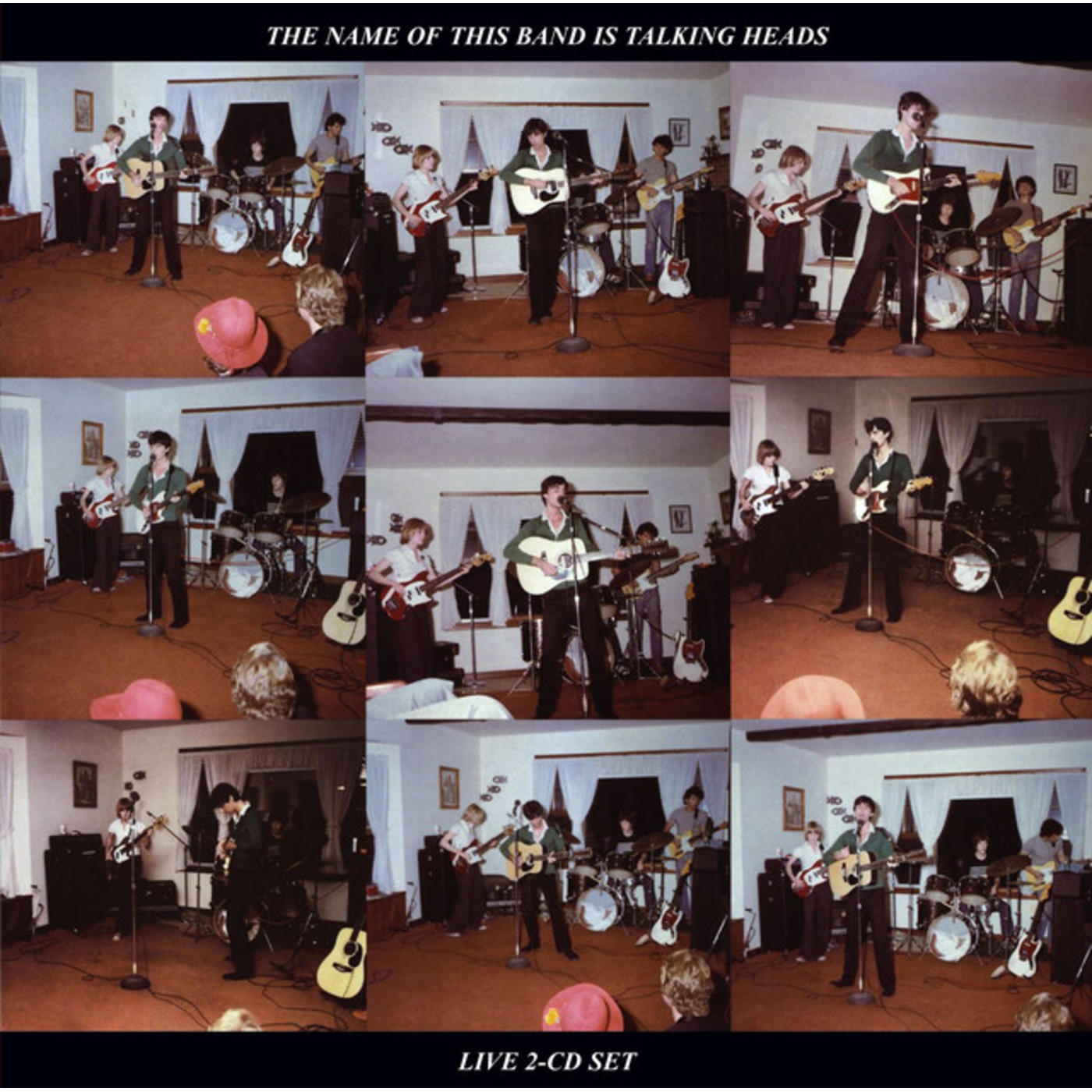February 1981: Talking Heads Release ONCE IN A LIFETIME

While Talking Heads fans were still wrapping their collective heads around the quantum leap in sound found on the band's most recent album, Remain in Light (released in October 1980), David Byrne and company were about to stealthily crash the mainstream with the release of the record's official lead single: "Once in a Lifetime," which arrived on February 2, 1981.
"We were down at Compass Point Studio in Nassau, and the song was written in the studio like all the other songs on Remain In Light," recalled drummer Chris Frantz to The Quietus in 2020. "Our engineer Rhett Davies who'd done a lot of work with Eno and engineered More Songs About Buildings And Food announced that he was leaving just as we were about to start work on 'Once In A Lifetime.' Of course I asked Rhett, 'Why are you leaving?' To which he replied, 'Because every time you come up with something that sounds like it could be a hit Brian Eno says it's no good!' I pleaded with him to stay but he insisted he had to go," Frantz added about the increasingly tense sessions with the album's producer, Brian Eno.
"Tina (Weymouth) and I went in to the studio and worked out a rhythm, and we were sort of like a human loop because we didn't have samplers then, so we played this loop, de nah nah nah, de nah nah nah, for like eight minutes," Frantz added. "Then David and Jerry joined us and added guitar parts or keyboard parts after it was decided that our part was good and up to Brian Eno's standards of excellence ... We went back to the US and I believe what happened was that David (Byrne) rented a car and drove around parts of the US listening to the radio. In the case of 'Once In A Lifetime' he was inspired by the Southern Baptist preachers that are heard on AM radio on a Sunday morning, all that fire and brimstone."
"Most of the words in 'Once in a Lifetime' come from evangelists I recorded off the radio while taking notes and picking up phrases I thought were interesting directions," Byrne confirmed to Time Out. "Maybe I'm fascinated with the middle class because it seems so different from my life, so distant from what I do. I can't imagine living like that."
"Once in a Lifetime" wasn't much for the charts, only able to reach #103 on the Billboard Hot 100 in February 1981. That August, however, MTV launched. The surreal and eye-catching promotional clip for "Once in a Lifetime" was perfect for the fledgling cable network, thanks in large part to Byrne's famously spastic dance moves.
"He [Byrne] wanted to research movement, but he wanted to research movement more as an actor, as does David Bowie, as does Mick Jagger," revealed video choreographer Toni Basi (yes, the same Toni Basil who recorded "Mickey") in the book MTV Ruled the World - The Early Years of Music Video. "They come to movement in another way, not as a trained dancer. Or not really interested in dance steps. He wanted to research people in trances - different trances in church and different trances with snakes. So we went over to UCLA and USC, and we viewed a lot of footage of documentaries on that subject. And then he took the ideas, and he 'physicalized' the ideas from these documentary-style films."
Basil and Byrne adapted the choreography for Talking Heads' legendary 1984 concert film, Stop Making Sense, further embedding the image of a sweaty and bespectacled Byrne failing about in a massive suit into the fabric of 1980s pop culture. A live version of "Once in A Lifetime" from the movie soundtrack eventually reached #91 on the Hot 100 in May 1986. More importantly, Talking Heads had established themselves as a force to be reckoned with beyond the critical underground, setting the stage for the commercial breakthrough Speaking in Tongues in 1983.


